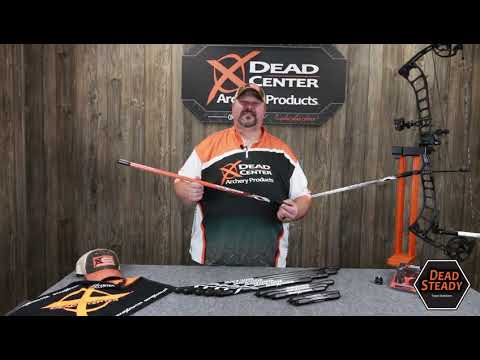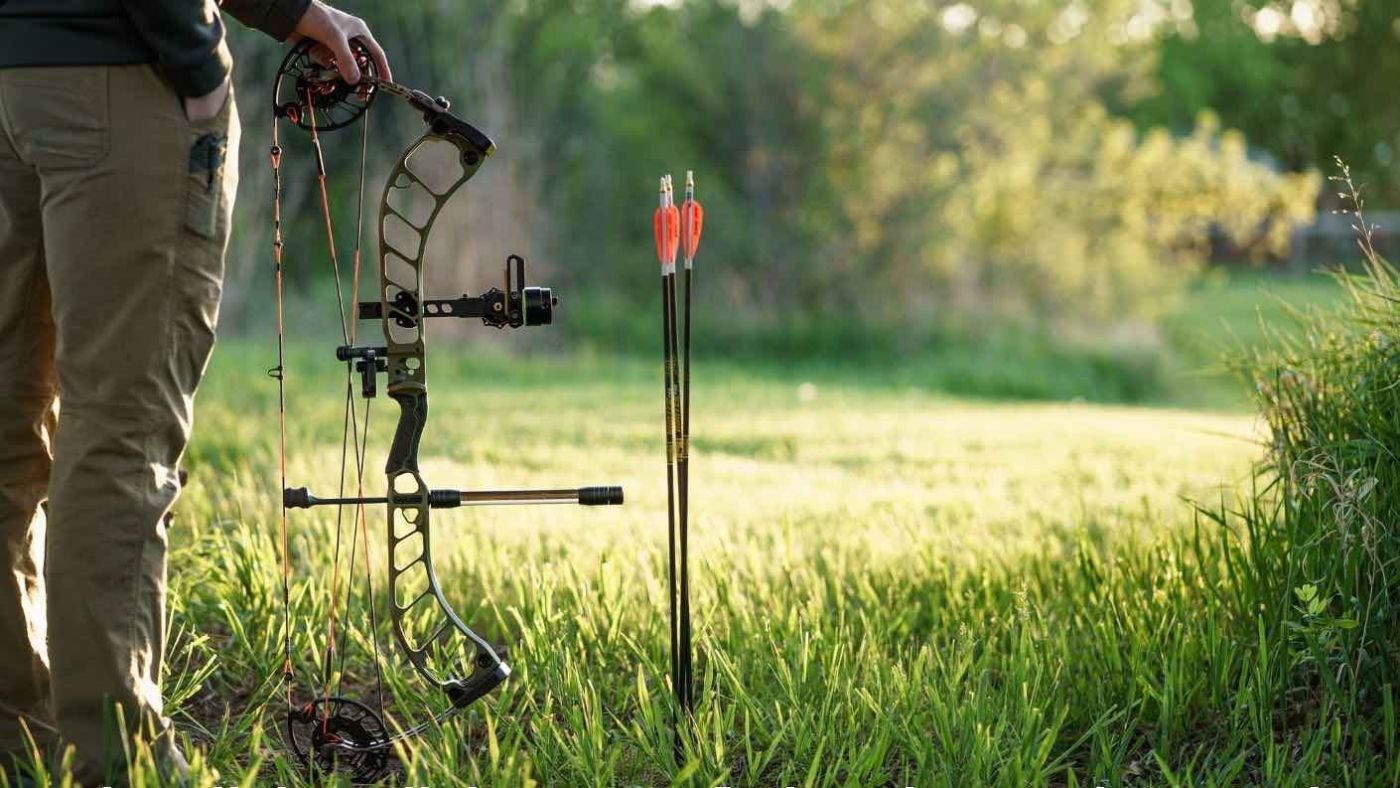Exactly how to Select the Right Bow Stabilizer: Professional Tips and Suggestions
Exactly how to Select the Right Bow Stabilizer: Professional Tips and Suggestions
Blog Article
Optimize Your Archery Accuracy With These Bow Stabilizer Strategies
One essential aspect that can substantially impact your efficiency is the appropriate application of bow stabilizers. Whether you are a seasoned archer looking to fine-tune your skills or a newbie anxious to boost your precision, understanding these bow stabilizer techniques might be the key to hitting your mark with unparalleled consistency.
Advantages of Utilizing Bow Stabilizers
Using bow stabilizers can dramatically improve an archer's accuracy and general performance by lessening bow torque and vibration. In addition, bow stabilizers dampen resonance, which not only enhances the comfort of capturing however also protects against the bow from jumping upon launch, therefore aiding in keeping correct objective.
Additionally, bow stabilizers can aid in holding the bow constant, specifically during gusty problems or when shooting from longer ranges. The included weight at the front of the bow supplies stability and equilibrium, permitting the archer to concentrate on intending without the disturbance of bow activity. Generally, the advantages of using bow stabilizers expand beyond simply accuracy, enhancing the archer's experience and performance in numerous shooting scenarios.
Picking the Right Bow Stabilizer
Picking the proper bow stabilizer is crucial for enhancing your archery devices and boosting shooting performance. Much heavier stabilizers can aid decrease bow torque and soak up more resonance, leading to a steadier objective.

Last but not least, think about the style of the stabilizer. Some stabilizers come with flexible weights or dampeners that enable you to customize the balance and feeling of your bow. Inevitably, choosing the ideal bow stabilizer entails locating a balance between weight, size, layout, and material to boost your capturing accuracy and general efficiency.
Appropriate Setup Techniques
To make sure optimal efficiency and security in archery, grasping proper installation techniques for your bow stabilizer is vital. The first action in mounting a bow stabilizer is to determine the right positioning on your bow.
Next, securely affix the stabilizer to the bow utilizing the suitable mounting hardware. Some stabilizers come with flexible weights that can be included or eliminated to tweak the balance of your bow.

Changing Stabilizer Weight and Size
After making certain the appropriate installation of your bow stabilizer, the following step involves changing the weight and size to enhance its performance in improving visit this site archery accuracy. The weight of the stabilizer plays a critical function in minimizing bow motion during the shot find more info cycle. Including weight to the stabilizer can help wet vibrations and boost security, bring about even more exact and regular shots. On the other hand, lowering the weight can enhance maneuverability, which is beneficial for circumstances calling for quick target purchase.
When it involves stabilizer size, locating the right balance is essential. A longer stabilizer can supply higher security by raising the range in between the bow and the weight at the end of the stabilizer. This included range boosts the maintaining result, specifically in gusty conditions or when shooting at longer ranges. Alternatively, a much shorter stabilizer uses a lot more ability to move and may be chosen by archers who value agility and quick motions throughout shooting.
Advanced Stabilizer Tuning Tips
Achieving optimal bow stability and precision in archery requires a nuanced technique to sophisticated stabilizer tuning. Advanced stabilizer adjusting includes fine-tuning different elements to improve the bow's equilibrium, lower vibration, and improve general accuracy. One vital method is to experiment with various stabilizer configurations, consisting of back-bar and side-bar setups, to locate the excellent equilibrium between security and maneuverability for your shooting design. bow stabilizer. Furthermore, readjusting the angle and positioning of the stabilizer can have a considerable effect on exactly how the bow responds upon release.
Another vital aspect of advanced stabilizer adjusting is maximizing the damping buildings of the stabilizer system. This can be accomplished by including additional moistening devices such as rubber dampeners or harmonic stabilizers to further decrease resonance and sound. Additionally, discovering various materials for the stabilizer building and construction, such as carbon fiber or light weight aluminum, can also her explanation influence the bow's efficiency by modifying its weight distribution and stiffness. By diligently make improvements these advanced stabilizer elements, archers can optimize their precision and uniformity on the range or in competition.
Verdict
In conclusion, optimizing archery precision can be accomplished with the proper option, installment, and modification of bow stabilizers. On the whole, integrating bow stabilizers into archery technique can lead to better performance and increased precision.
Making use of bow stabilizers can substantially enhance an archer's precision and total efficiency by lessening bow torque and resonance. Longer stabilizers offer better security and balance, especially for long-distance shooting, while much shorter stabilizers use even more adaptability and are easier to steer in limited areas (bow stabilizer). Carbon fiber stabilizers are resilient and lightweight, while light weight aluminum stabilizers are robust and provide exceptional vibration dampening
A longer stabilizer can supply higher stability by raising the range between the bow and the weight at the end of the stabilizer.One more vital aspect of innovative stabilizer adjusting is optimizing the damping residential properties of the stabilizer system.
Report this page